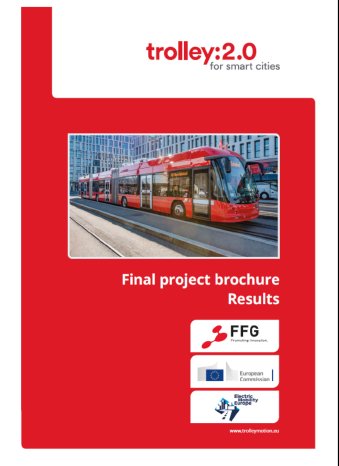Yet the challenges in this crisis can become an opportunity! The public sector has shown that it is able to maintain its services as a reliable and inclusive means of sustainable transport. And in order to achieve the climate protection targets of the Paris Agreement and the EU by 2030 and 2050 respectively, public transport needs to be an even stronger backbone for sustainable mobility systems in our cities and regions. Government authorities and mobility planners in our cities must stick to their long-term goals for the development of sustainable mobility systems and further strengthen the positive developments during the crisis, e.g. the increasing use of bicycles, and supplement them with a modern public sustainable transport system.
With the upcoming decade to 2030, the ambitious goals of the Green Deal and the implementation of the Clean Vehicle Directive are providing important push factors from the European Commission for us. And we are glad that the trolleybus will be part of this movement. As trolleybuses are considered as a clean vehicle or even zero-emission vehicle, if equipped with a battery and thus capable of in-motion charging.
To this end, we worked together with our project partners over the last three years in the trolley:2.0 project developing solutions for energy-efficient and smart trolleybus systems. We proved that modern trolleybus systems can build such a strong backbone, needed for zero-emission public transport systems in European cities: Including concepts of in-motion-charging, as a central element of a smart and sustainable trolley network, and innovative solutions for shared and multipurpose charging infrastructure, lightweight-constructions of a new midi-trolleybus type, automated wiring technology, concepts for the integration of renewable energy sources and tools for advanced cost-benefit-analysis.
With this final results’ brochure, we summarise our research and demonstrations’ outcomes and provide lessons learned made during the project lifetime.

